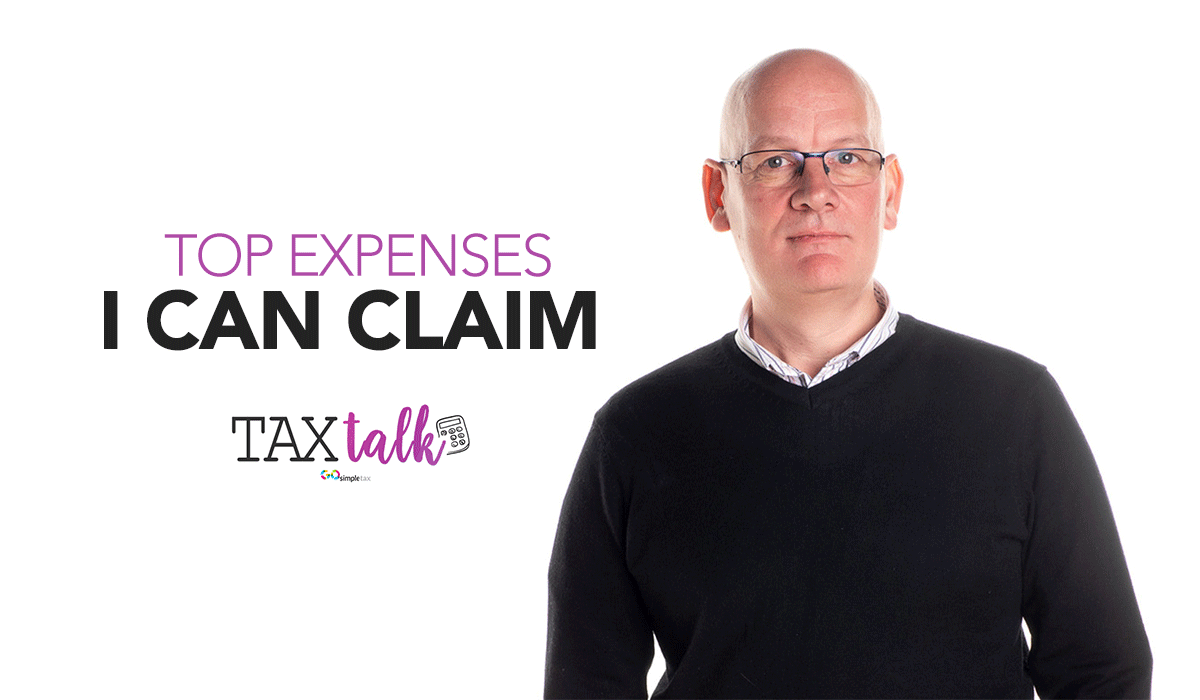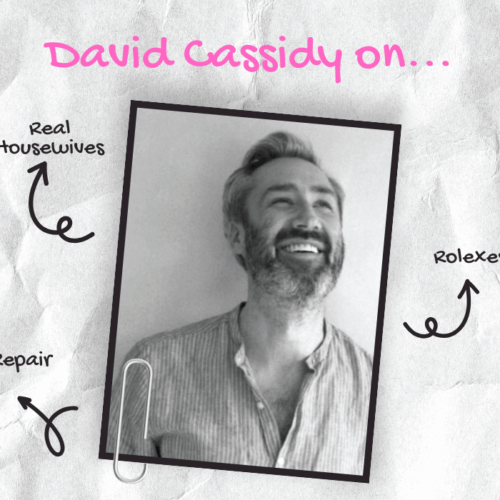Picture the scene – you’ve got a table full of receipts, your self-assessment tax return in front of you, and you’re sat wondering what you can claim as an allowable expense.
It’s a common scenario as a sole trader. There are many expenses associated with running your own hairdressing business, which is why it’s important to understand what’s classed as an ‘allowable expense’ and what’s not. Anything that meets HMRC’s criteria can be deducted from your taxable profits, which in turn will reduce your income tax bill.
The official line on ‘allowable expenses’ is something that is bought ‘wholly and exclusively’ for business. Anything that is a mixture of both business and personal use has to be worked out proportionately, before being included in your self-assessment.
The good news is there are lots of business costs that qualify as an ‘allowable expense’. These include the cost of buying goods for sale or use to deliver a service, payments to sub-contractors, wages, salaries and other staff costs – for example: bonuses, pensions, benefits, employers’ NICs and training.
But what else can and cannot be claimed as an allowable expense when you’re a sole trader? Let’s start with the obvious:
- Property rent
- Mortgage interest
- Council tax
- Business rates
- Water rates
- Electricity and gas
- Insurance
- Business premises and equipment repairs and maintenance.
It’s worth noting that these expenses are allowable if you run your own salon but, if you run your business from your own home, then different rules may apply.
Telephone, mobile and broadband are also allowable expenses, but only for business use. Allowable expenses also include postage, stationery, printing, small office equipment and computer software/ink cartridges.
It’s also worth bearing in mind the following, which fall within the same category:
- Interest on bank and other business loans and alternative finance payments
- Bank, overdraft and credit card charges
- Hire purchase interest and leasing payments
- Advertising your salon
- Marketing costs
- Trade body or professional organisation membership, such as the National Hair & Beauty Federation (NHBF)
- Professional fees, such as accountants and solicitor
- Staff uniforms and protective clothing.
The list of what’s included as an allowable business expenses is quite extensive. But there are certain things that are not included, such as:
- Parking or speeding fines
- Fuel or mileage for travel between your home and the salon
- Everyday work wear
- Legal fines and the cost of settling tax disputes
- Capital repayment of loans, overdrafts or finance arrangements.
A popular misconception is that entertaining clients can be claimed as an allowable expense. It can’t. Donations to political parties or charities are also not included (sponsorship can be), as well as gym membership fees. Stock that you take from your business for personal use/consumption, such as hair and beauty products, aren’t allowable either.
It can seem like a minefield when you’re faced with a pile of receipts and a self-assessment tax return, but by keeping on top of your expenses throughout the year, and understanding what you can and can’t claim for, will make the process ten times easier.
Mike Parkes is Technical Director at GoSimpleTax – the online tax return and self-assessment software.





